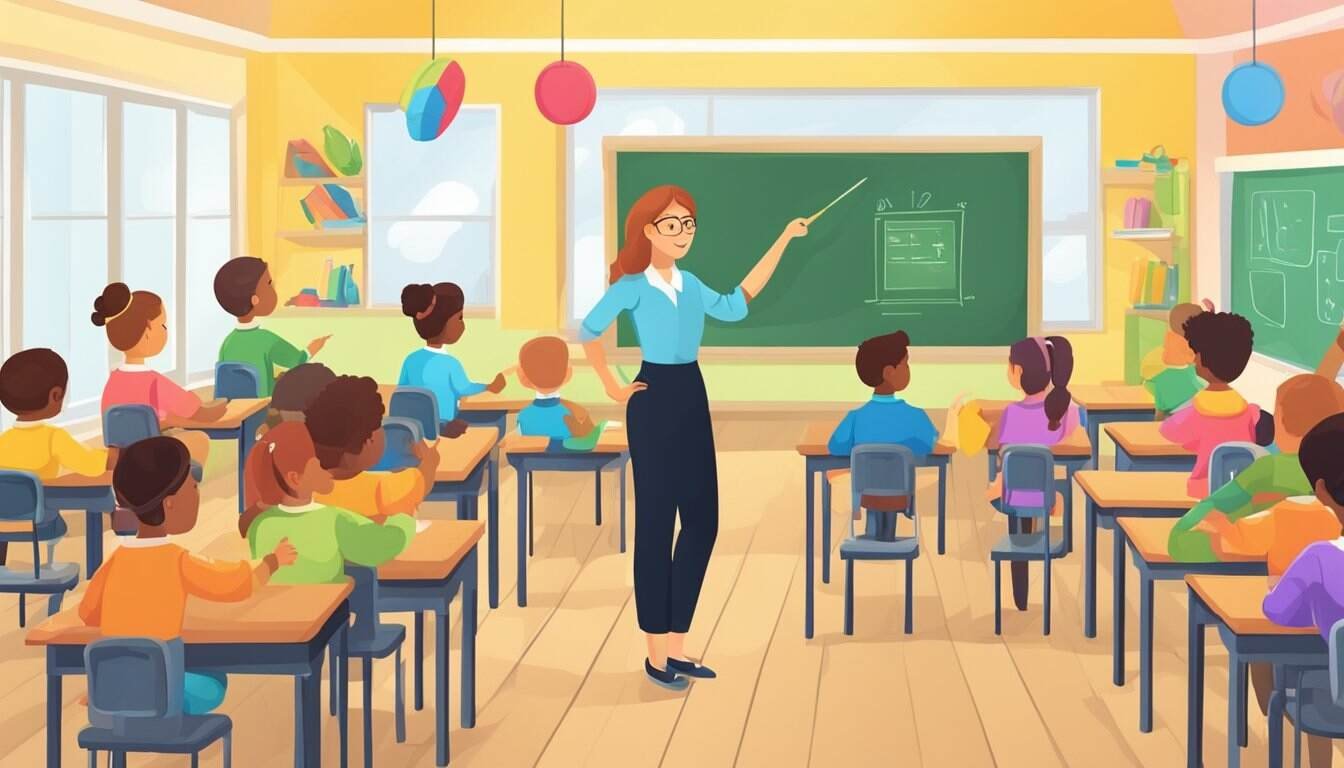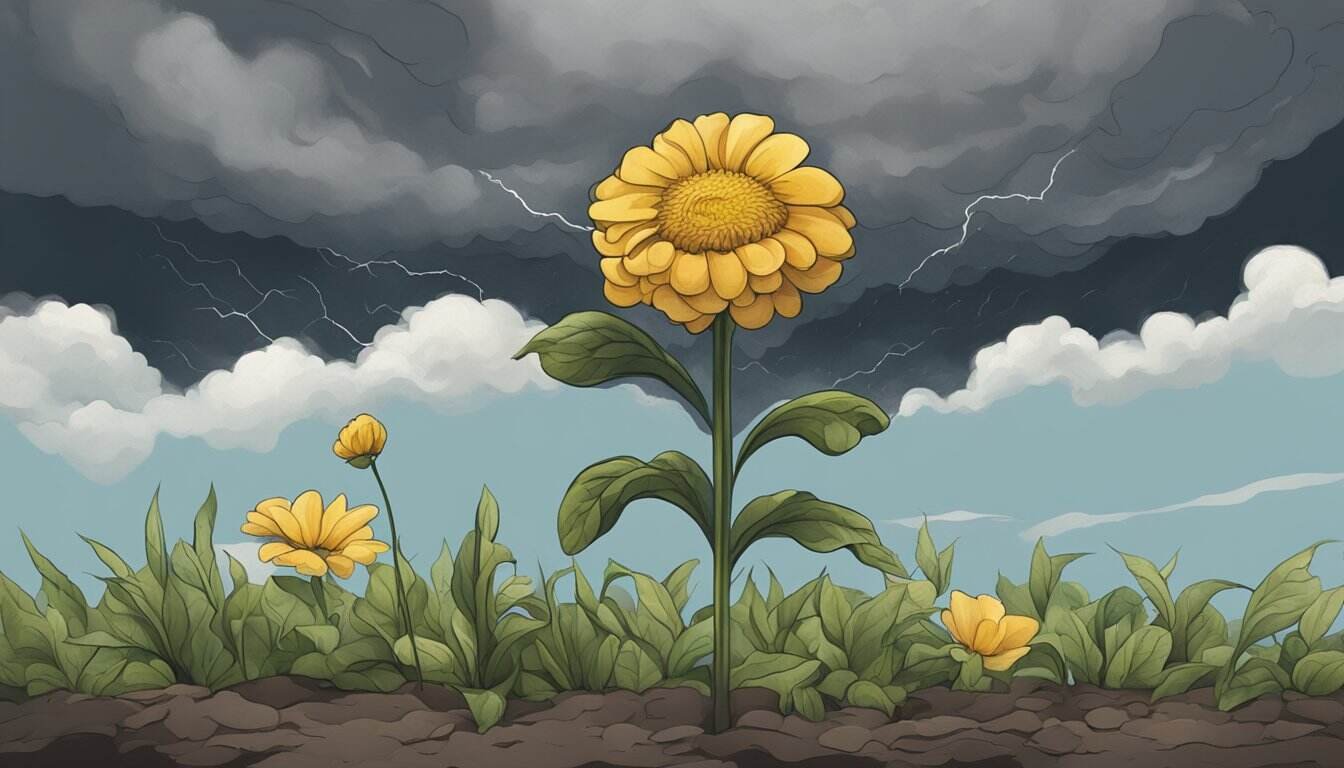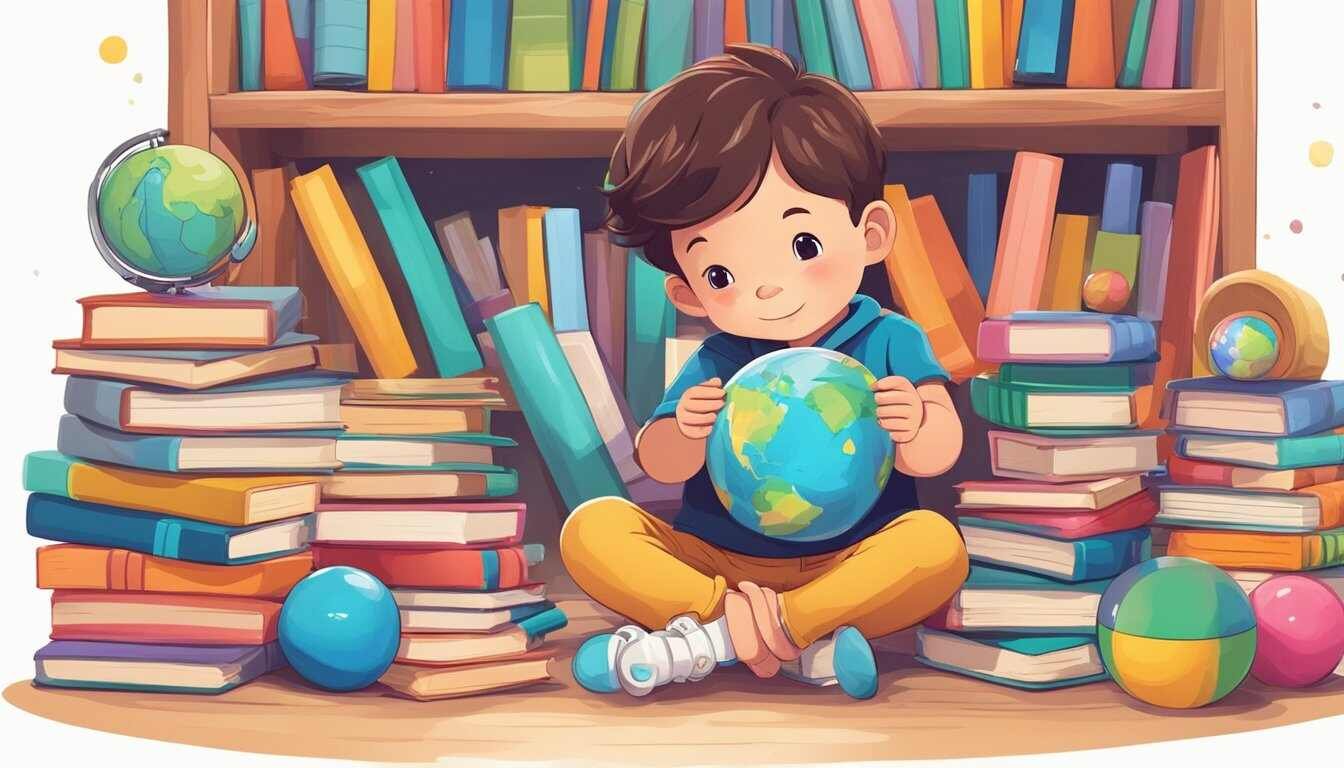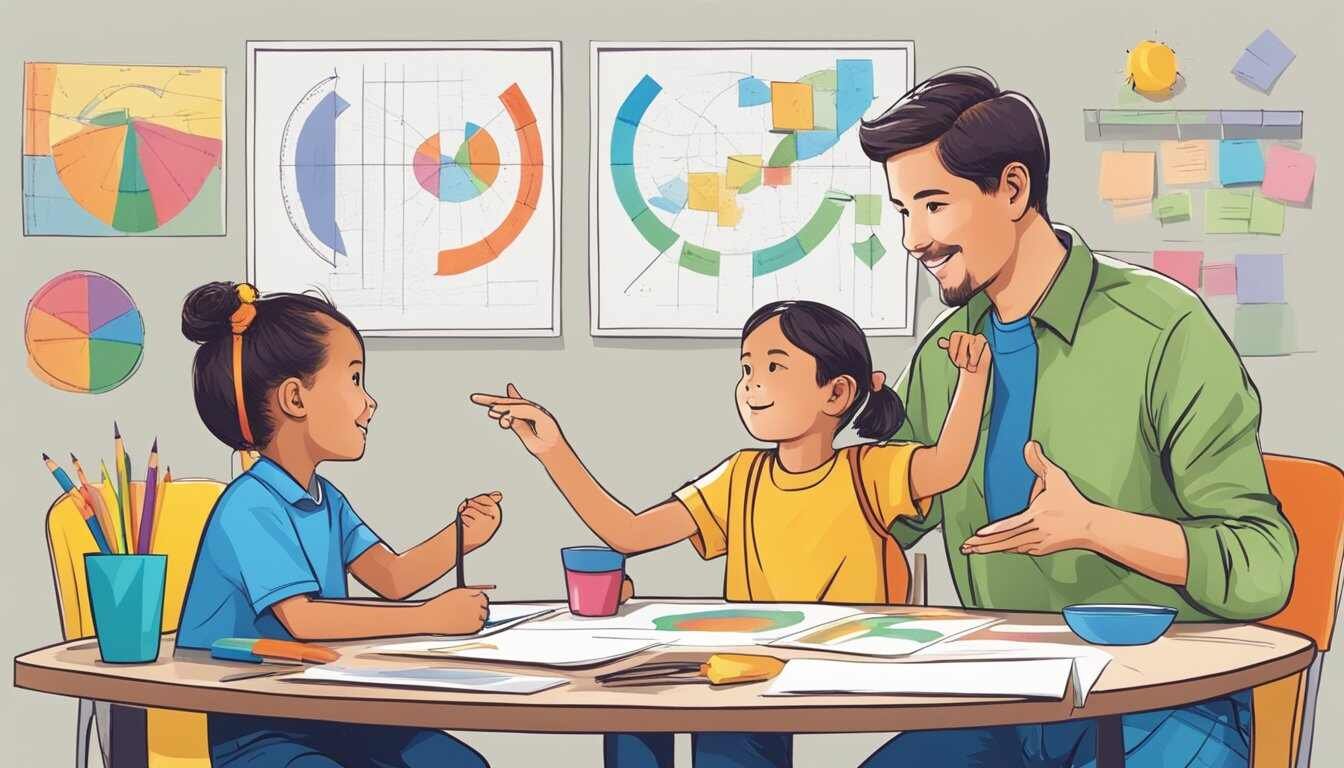Author: Brianna


How does a child know what a word is?
Children are amazing language learners. From birth, they start picking up on sounds and patterns around them. By age 2 or 3, most kids can use hundreds of words. But how do they figure out what those words mean? Kids

At what age can children recognize words?
Kids start to recognize words at different ages. Some children begin as early as 18 months old. Others may take a bit longer. It all depends on their unique growth and the help they get from parents and teachers. Most

What are 7 ways to start a sentence?
Starting sentences well can make your writing shine. Good openings grab attention and keep readers hooked. They set the tone for what’s to come and make your ideas flow smoothly. There are many ways to kick off a sentence with

How do you teach describing words for grade 1?
Teaching describing words to first graders can be fun and easy. Kids love to use colorful language, and adjectives help them do just that. You can teach adjectives by having students describe real objects in the classroom, like a big

How do you explain mean to a child?
Explaining the concept of “mean” to a child can be tricky. Kids often struggle with abstract ideas, so it’s best to use simple words and real-life examples. You can explain mean as the middle number or the fair share when

What Are the First Describing Words?
Describing words helps paint vivid pictures in our minds. They make language colorful and bring stories to life. When you’re learning to write, these words are some of the first tools you’ll use to make your sentences more interesting. The

How to Explain Describing Words to Kindergarten
Teaching describing words to kindergarteners can be fun and easy. Kids already know many words to describe things around them. They just need help using these words in the right way. Describing words helps children paint a clearer picture when

What are three describing words for kids?
Describing kids is an art that goes beyond simple words. It’s about capturing their unique qualities and helping them grow. Three powerful words to describe children are curious, creative, and resilient. These traits reflect kids’ natural drive to learn, imagine,

How do you develop a child’s understanding?
Helping a child understand the world is a journey filled with wonder and discovery. As parents and caregivers, you play a key role in shaping a child’s mental growth. By providing a rich environment, engaging in meaningful interactions, and encouraging

How do you explain something difficult to a child?
Explaining tough subjects to kids can be tricky. Kids often see things in simple ways, so it’s important to break down big ideas into smaller, easier parts. You can explain difficult things to a child by using clear words, simple










